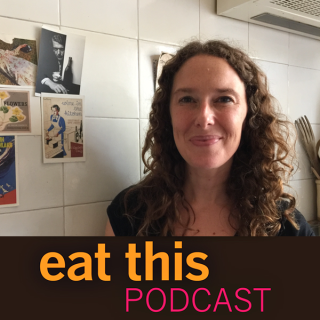15 February 2016
Waste not
- A video – why beats me – on which bit of Parmigiano-Reggiano to buy, next time you have a choice. What they don’t calculate is the edible cheese to rind ratio of following their advice, and what that does to the cost per usable gram. Of course, the rind has its uses too.
- Towards an Inclusive Food System. I’m sticking this one in here as I really don’t know what to make of it. It seems inchoate and odd and possibly even content-free. But there are also some interesting insights. I should probably consider writing something myself.
- Would a modern medium-sized farm have room for horse-power? And if it did, would horse-meat be considered one of the worthwhile farm products? I somehow doubt it, even after reading The Old Foodie’s Horse Flesh as Human Food hash. One tiny quibble; the quote belongs to Hermann M. Biggs, renowned for his work as Commissioner of Health for New York State.
- An interview with a German home baker transplanted to Maine, where she turned a hobby into a small business. Karin Anderson’s bread blog makes me feel like a lackadaisical slouch, even though …
- … inspired by the article about sourdough in Aorta Food, to which I linked last time, I decided to stimulate myself and attempt an almost 100% rye sourdough, a four-day process that was not without difficulties. The proof, of course, is in the eating, and the eating was mighty fine.
Speaking of which, I’m conscious that my selections tend to follow well-worn ruts. If you’ve a story that could bump me out of those ruts, do let me know.


 This year’s Amsterdam Symposium on the History of Food was dedicated to
This year’s Amsterdam Symposium on the History of Food was dedicated to 
 Rachel Roddy, after about 10 years of hard slog, is an overnight sensation.
Rachel Roddy, after about 10 years of hard slog, is an overnight sensation.